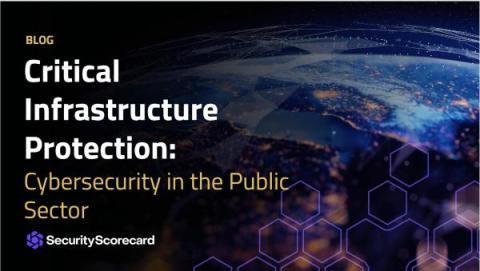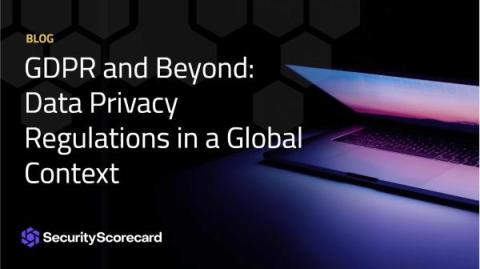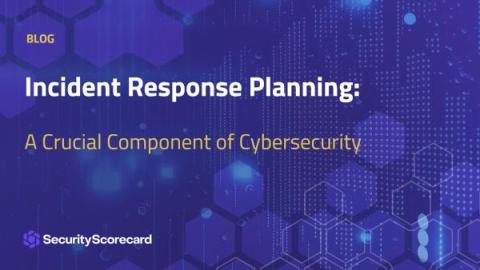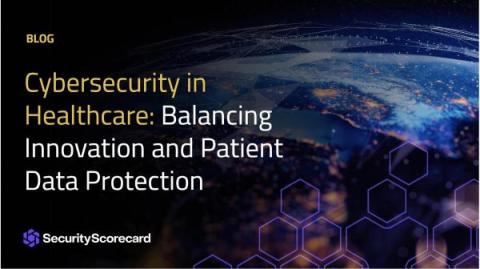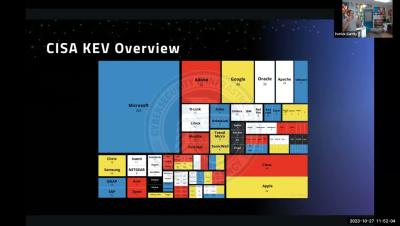The Evolution of Cybersecurity Education and Training Programs
The significance of cybersecurity has never been more pronounced. As cyber threats evolve and become more sophisticated, the need for robust cybersecurity education and training programs has become paramount. Let’s explore the evolution of cybersecurity education and training, highlighting the growing importance of these programs in developing a skilled workforce capable of protecting against cyber threats.




